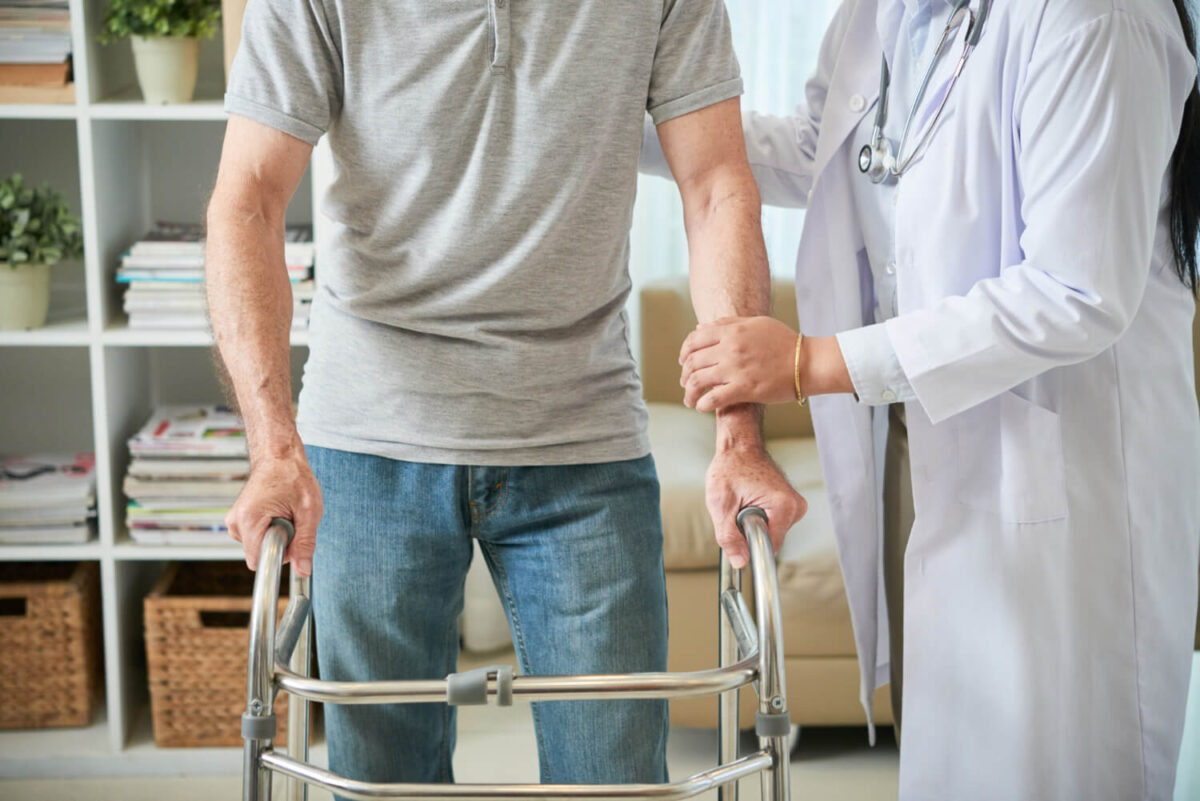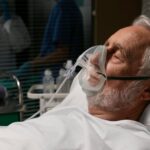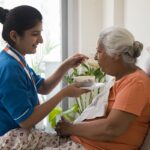A ‘brain attack’ or a stroke occurs when blood supply to brain cells is disrupted or stopped and the brain gets lesser oxygen. Functions performed by the affected brain area due to disrupted blood supply such as muscle control, Speech, movement of limbs, etc. are lost. Common Signs of Stoke are such as trouble in speaking and understanding things, paralysis and numbness of the limbs, drooping of the face, blurred or blackened vision, headache, dizziness, vomiting, altered consciousness and many more.
Stroke is one of the most leading causes of death and disability in India. The estimated incidence range is 84-262/100,000 in rural and 334-424/100,000 in the urban areas.
Table of Contents
What causes a stroke?
A stroke can be caused either by a blocked artery, also known as ischemic stroke or due to the leaking of a blood vessel that is known as hemorrhagic stroke.
Risk Factors:
Certain lifestyle Habits and medical risk factors such as obesity, Lesser physical activity, High consumption of alcohol, high blood pressure, altered cholesterol, and diabetes, etc. increases the chances of occurring a stroke.
The team who cares the Stroke Rehab:-
Physiotherapy:
Physiotherapy management is based on the principles of pain management, early ambulation with the help of different techniques. Regular exercise is the key to prevent recurrent episodes of stroke.
Our experienced physiotherapist guides a stroke patient with various post-stroke exercises:-
- Soft tissue mobilization techniques help in relieving the pain,
- Hot and cold therapy is also an effective way to manage pain.
- Stretching and strengthening of the joints helps in maintaining the current joint range of motion and prevent muscular wasting;
- Electric stimulation helps in improving the nerve conduction which helps in early recovery. Functional electrical stimulation (FES) also very effective in restoring movement post-stroke.
- Standing and walking with support helps in improving the balance and stability.
- Chest physiotherapy techniques and exercises that a physiotherapist will suggest are breathing and chest exercises to improve respiratory and circulatory capacity.
- Constraint-induced movement therapy (CIMT) is a very challenging form of physiotherapy technique that’s helpful for stroke patients with hemiplegia or hemiparesis (weakness or paralysis on the affected side). Main function of CIMT is to works by restricting movement of the un-affected side while forcing use of the affected side. It is mostly started in a hospital rehabilitation program and then continued at home.
Occupational Therapy:
The role of occupational therapy in stroke is related to help enhance the abnormal motor functions, improving the use of the affected side, help the patient achieve maximum independence. Maintaining the ROM is very essential to prevent the formation of contractures and deformity. The positioning of joints should be taken care of while transfers to avoid displacing the joint. Upper limb exercises will help in reducing spasticity and improve muscle tone.
Sensory reeducation helps in improving sensory functioning. Training the patient to perform his ADL by teaching wheelchair transfers and mobility, self-care activities is the main and most important goal of the Occupational Therapist. Patient and caregiver education should also be incorporated for better results.
Speech Therapy:
Another effect of stroke which most patients experience is speech impairment. Mostly stroke patients will regain their normal speech patterns post-stroke, but in certain cases, stroke patients required speech therapy either at the clinic or at home.
Some Tips that can be done at Home:-
- Breathing Exercise,
- Tongue stretching and strengthening exercise
- Practicing speech sound
- Naming pictures
- Sentence practice
Dysphagia Care:
Dysphagia also known as “swallowing difficulty, is a common clinical problem in stroke which include repetitive swallowing problem, throat clearing, hoarse voice, recurrent pneumonia, cough while drinking or eating, weight loss and food choking.
Tips for recovery
- Swallowing exercise like mouth puffing, blowing and tongue exercise
- Food consistency:- Please discuss with your physiotherapist/Occupational therapist/Speech Therapist and dietician
Caregivers/Attendants:-
Learning how to take care of a stroke patient at home is all about putting yourself in the survivor’s shoes. It is very important to understand the current status of stroke that you can help and manage.
Some tips for caregivers survivors:
- Encourage daily and regular rehabilitation exercise regime
- Don’t give too much support, but be helpful
- Keep a record of side effects from medication
- Keep a record of new stroke side effects
- Keep pushing past the plateau or sustained recovery
- Provide emotional healing and positive thoughts after stroke
- Prevent fall






Comments
Thanks have learnt something. Am struggling with after stroke effects especially speech